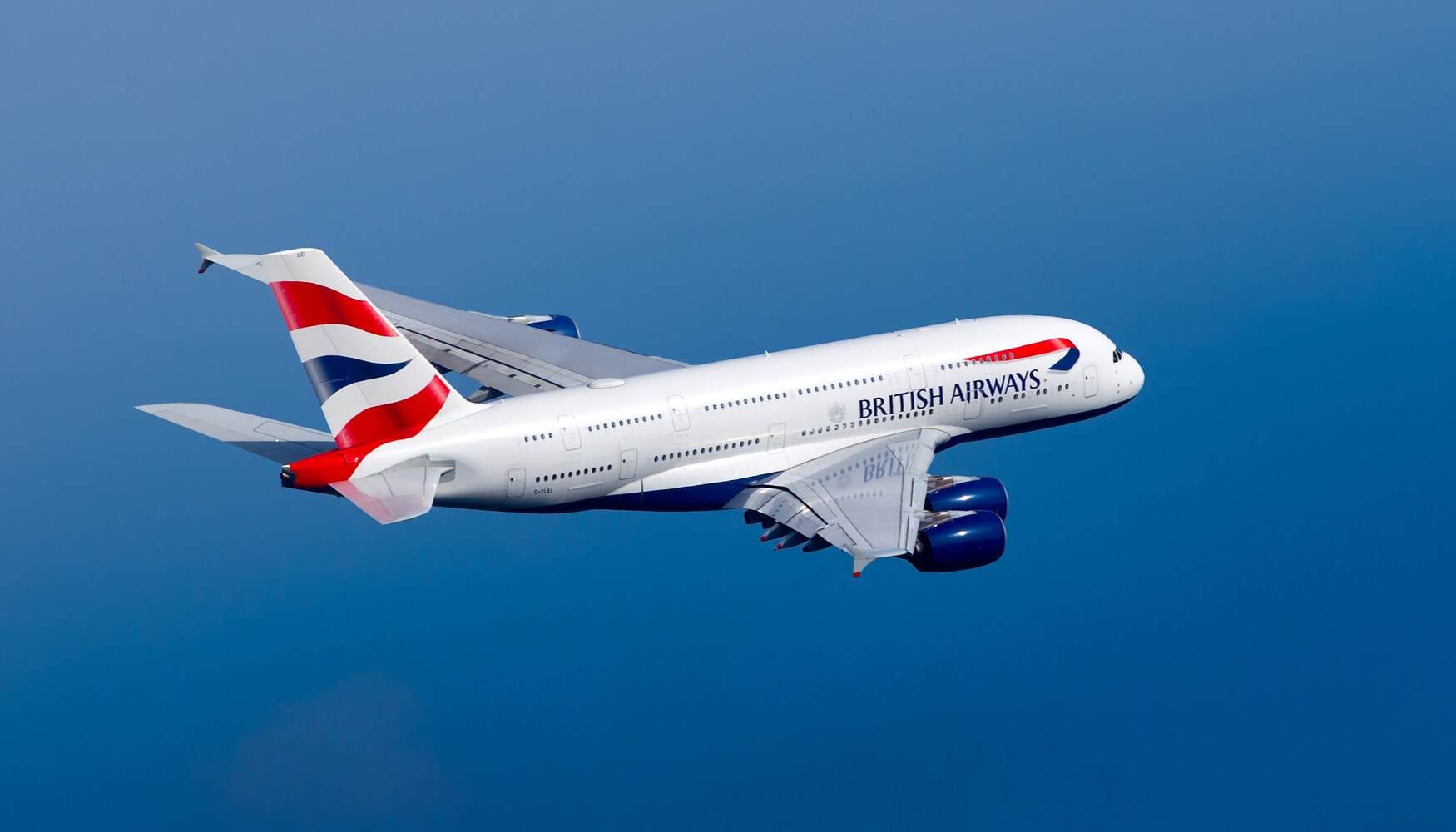Google Flights Now Displays Flight Price History, Insights

Closeup businessman working with generic design notebook. Online payments, hands keyboard. Blurred background, film effect
Google Flights has become my go-to flight search engine in the last few years. Not only does it display the cheapest airfare in the user-friendly calendar view and allows you to explore destinations without a set city in mind, but it also tracks prices for you and sends you email alerts when prices for specific flights go up or down.
On top of all these cool tricks, a recently implemented feature lets you know whether a flight deal is really a deal before you book. Think of it as an expert’s insight, except the data is accessed electronically based on the searched city pair.
The feature doesn’t work for all destinations and city pairs, but it’s a great start for those looking for more traditional vacation spots.
Let’s take a look at how it works.
Google Flights Price Insights
Let’s imagine that I got an alert for a flight sale from one of the Twitter accounts I follow specifically for cheap deals. If you’re interested, these include Airfarewatchdog, Fare Deal Alert, Secret Flying and The Flight Deal, among others.
The tweet mentioned inexpensive flights from a number of U.S. cities to Amsterdam and included a price range of $450 to $600. Sounds pretty good, right?
So, I went to Google Flights, entered a city pair and clicked on the calendar icon to search for the most economical option. Lo and behold, I found flights from Salt Lake City (my home base) to the Dutch capital city starting at $454 with one stop each way in October. Once I changed the filter to nonstop, the price slightly went up to $593.
At the same time, a multi-colored bar appeared letting me know that my flight selection is $708 cheaper than usual for my selected dates.

The bar looks similar to a traffic light. If your flight selection is in the green part of the graph, go ahead and book—you’ve found a good deal. Yellow means that the prices are ordinary, and red means they’re above average telling you to stop and wait for the prices to drop.

You can also view price history for the chosen flights for the last 60 days. In this example, the flight was selling for $1,233 two months ago, reached peak pricing of $1,258 27 days ago and is now the lowest it’s been at $593. If you love numbers and patterns, this is a good way to study behavioral pricing.
Is the Price History Feature Helpful?
In my opinion, the new price tracking tool is rather useful when trying to determine whether to buy a specific flight or wait, especially if you don’t track prices for certain city pairs yourself. It helps casual travelers decide when to pull the trigger and whether an advertised flight sale is actually a sale and not just a ploy to boost ticket sales.
Have you seen the new Google Flights feature when searching for airfare? What do you think of having access to the price history when booking flights?
[Featured Image: Shutterstock]























